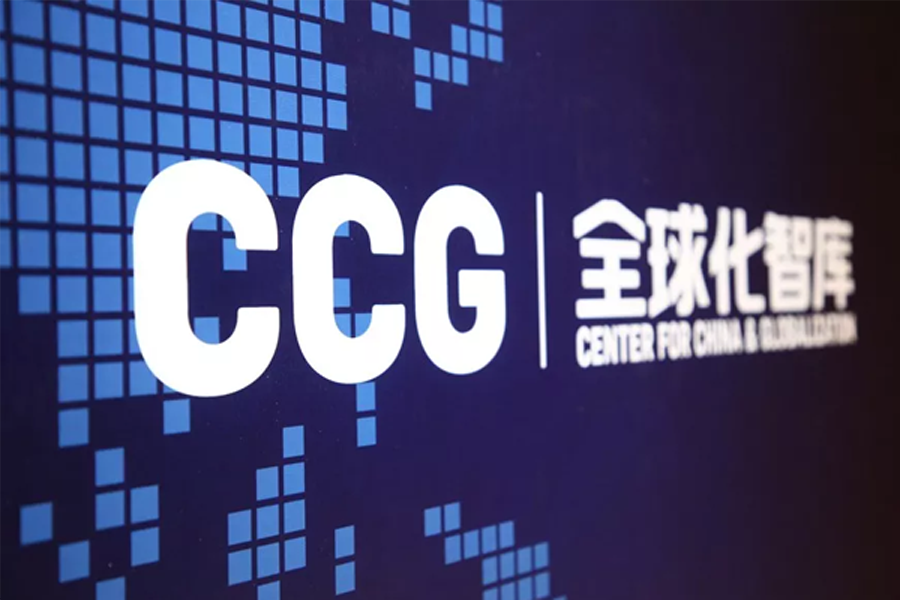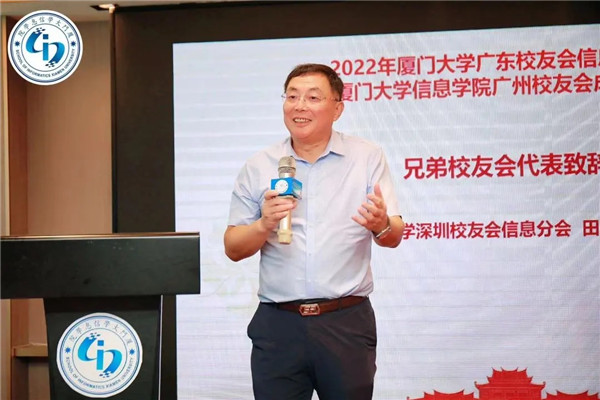Jorge Heine: Latin America, the trade war, and the green economy
2019年2月20日
By Jorge Heine, a senior research fellow at the Center for China and Globalization (CCG) in Beijing, and a former ambassador of Chile to China.
The good news for Latin America is that exports grew by 9.9 percent in 2018. The bad news is that they grew at a markedly lower rate than in 2017 (when they did so by 12.2 percent), and that the high expectations that we all had in early 2018 were ultimately not fulfilled. As a recent report by the Inter-American Development Bank, Trade Trends Estimates Latin America and the Caribbean 2019, points out, the volume of export growth also slowed down, to 2 percent (from 4 percent in 2017).
Yet, the fastest-growing destination for Latin American exports continues to be China, to which exports grew by 24.2 percent, and total China-LAC trade reached a record $307 billion, a significant jump from the $270 billion in 2017. This puts the region well on course to achieve the $500 billion in trade by 2025 announced at the China-Latin America Ministerial Forum held in Beijing in 2015. In contrast, exports to the United States grew 8.6 percent, and to the European Union by 10.6 percent.
Some countries did better than others. Chile´s exports to China increased by 32 percent, reaching a total of $ 25.2 billion, another record. And although mineral products (mostly copper) showed a significant increase, so did agricultural and fishing commodities, which rose by 60 percent. Fruit exports shot up by 74 percent, consolidating Chile’s position as the number one exporter of fruit to China in the world. One out of every four fruits imported by China, in terms of price, comes from Chile. Chilean imports from China reached $ 17 billion, making for a total bilateral trade of $42.7 billion. To put this in perspective, this is a figure that, as my colleague Hari Shesasayee has pointed out, is higher than India’s trade with all of Latin America in 2018.
Brazil, on the other hand, benefitted from higher exports of soybeans to China as a result of the US-China trade spat, and its overall exports to China grew by 31.7 percent, which makes up for three quarters of its export growth. Although from a much lower base, exports to China from Colombia grew by 80.8 percent and those from Ecuador by 87.4 percent. Argentina’s, on the other hand, fell by 23 percent.
What is the likely impact of the US-China trade war on Latin America?
The general rule, of course, is that trade wars are lose-lose propositions. Still, as the Economic Commission for Latin America and the Caribbean (ECLAC) has pointed out, the tariff increase applied by the United States on Chinese products like cars, textiles and metal items, might benefit Mexico and some Central American nations, given their preferential access to the US market and geographical proximity. On the other hand, the tariffs imposed by China on US foodstuff, open up possibilities for South American agricultural producers – led not only by South American giants, that is, Brazil and Argentina, but also Chile, Peru and Uruguay in the Chinese market. Countries that have signed FTAs with China, like Chile, Costa Rica and Peru, can make the most of this.
Beyond current trade tensions and supply fluctuations, a significant issue flagged by ECLAC in a recent report is that of minerals and metals. This is one of the region’s most significant assets, and regularly some 20 percent of its exports fall into this category. On the other hand, China has become the most significant importer of minerals and metals. Part of the enormous growth we have seen in China-LAC trade in the century (a 30-fold increase from 2000 to 2018) has been driven by Chinese demand for these resources, with which the region is richly endowed. So far so good. The problem starts when we dig a bit deeper into the data.
And the issue is that the share of raw materials in regional exports of minerals and metals over the past two decades has steadily increased, from 20 to 37 percent, whereas that of semi-processed and processed products has fallen. Even such basic items as wires, tubes, laminated products and so on, have fallen drastically in their share of overall export of metals. To all intents and purposes, this amounts to deindustrialization.
Yet, there is now an opportunity to turn this around and give a new impetus to Latin American industrialization. The transition toward a green economy is underway, and it will demand much use of minerals and metals that are abundant in the region. Lithium, a key component for automobile batteries, is of course, Exhibit A. Argentina, Bolivia, Chile and Peru have a significant share of world lithium reserves. China is the largest producer of electric vehicles in the world. Until now, the established pattern has been for lithium carbonate to be exported in the raw form.
The time has come to switch to a different model, one that allows for greater value added in the region. The case of Chile, which not only has vast deposits of lithium, but also of copper (used in e-vehicles) is emblematic of the opportunities offered for such an approach.
The Chinese company, Tianqi, recently bought 25 percent of SQM, Chile’s biggest lithium producer, for $4.3 billion, in the largest transaction of the Santiago Stock Exchange in 2018. The time is right to move away from the trend toward deindustrialization and to kick-start a whole new economic activity, the one related to e-mobility and green energy. The US company Albemarle also has a large stake in Chile´s lithium production and should have an interest in furthering such a venture. In turn, if Chinese companies were to give an impetus to it, it would entail a major breakthrough in the fraught relationship between the region´s mining and metals sector and Chinese industry, one with potential reverberations through the continent.
From Global Times,2019-2-18






